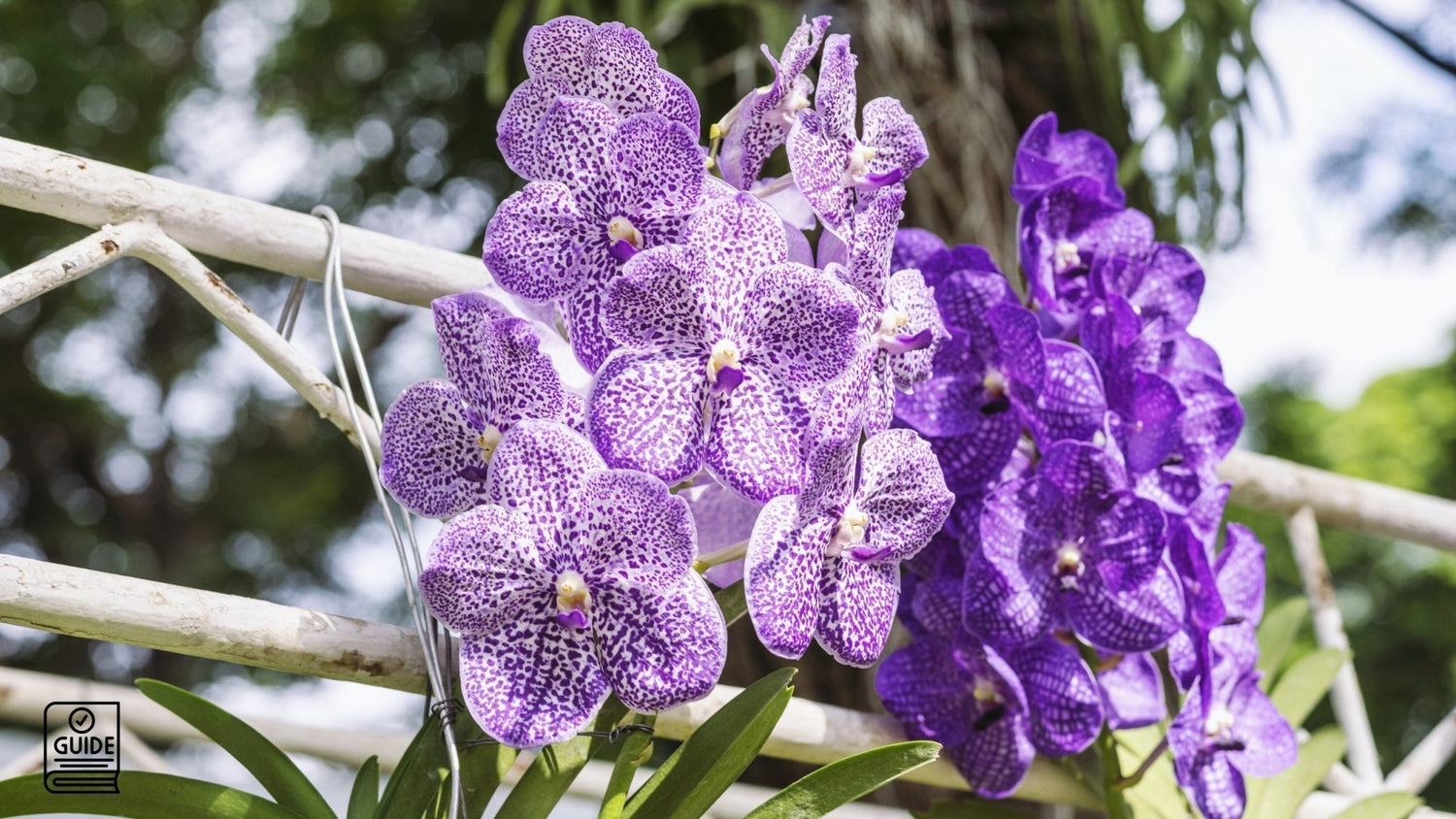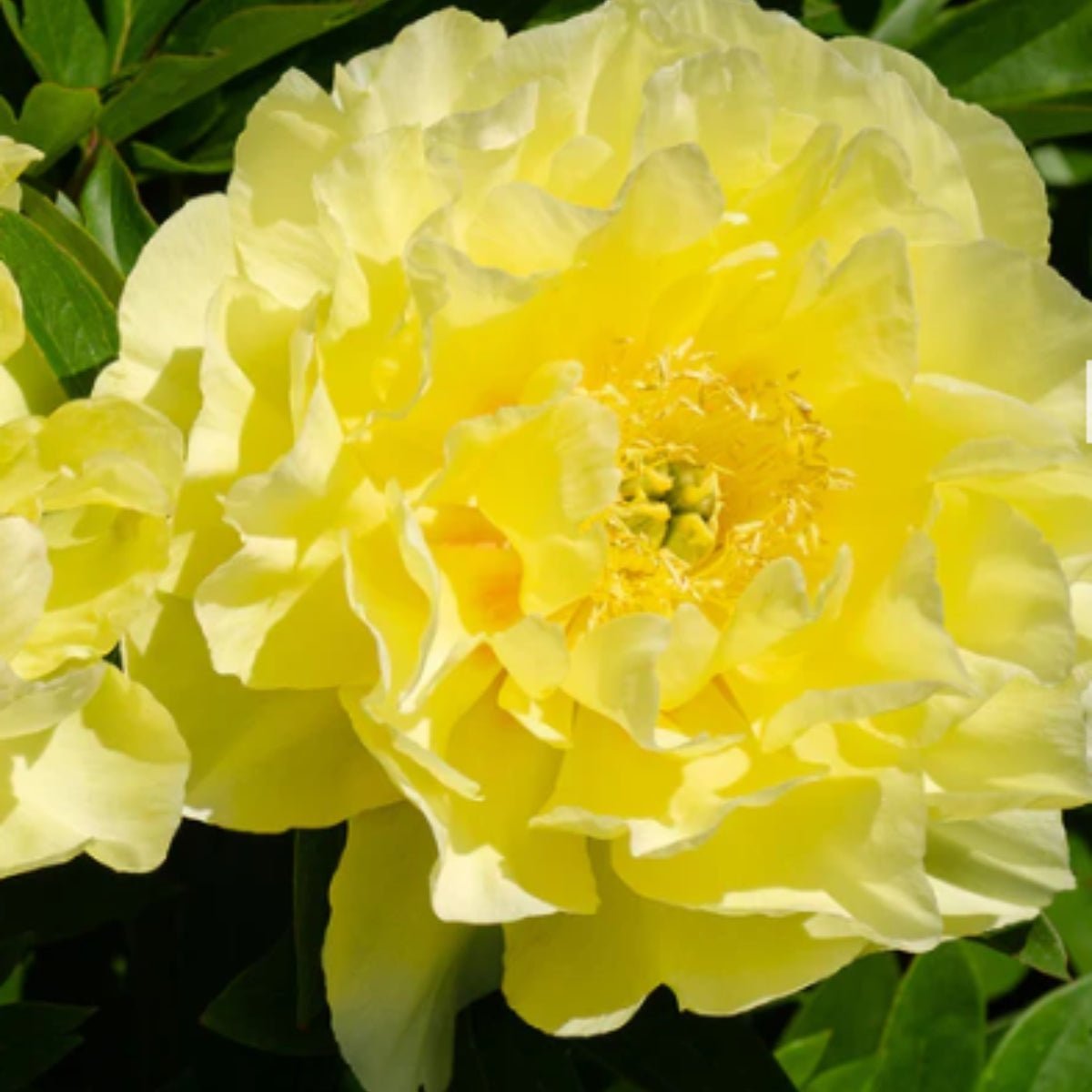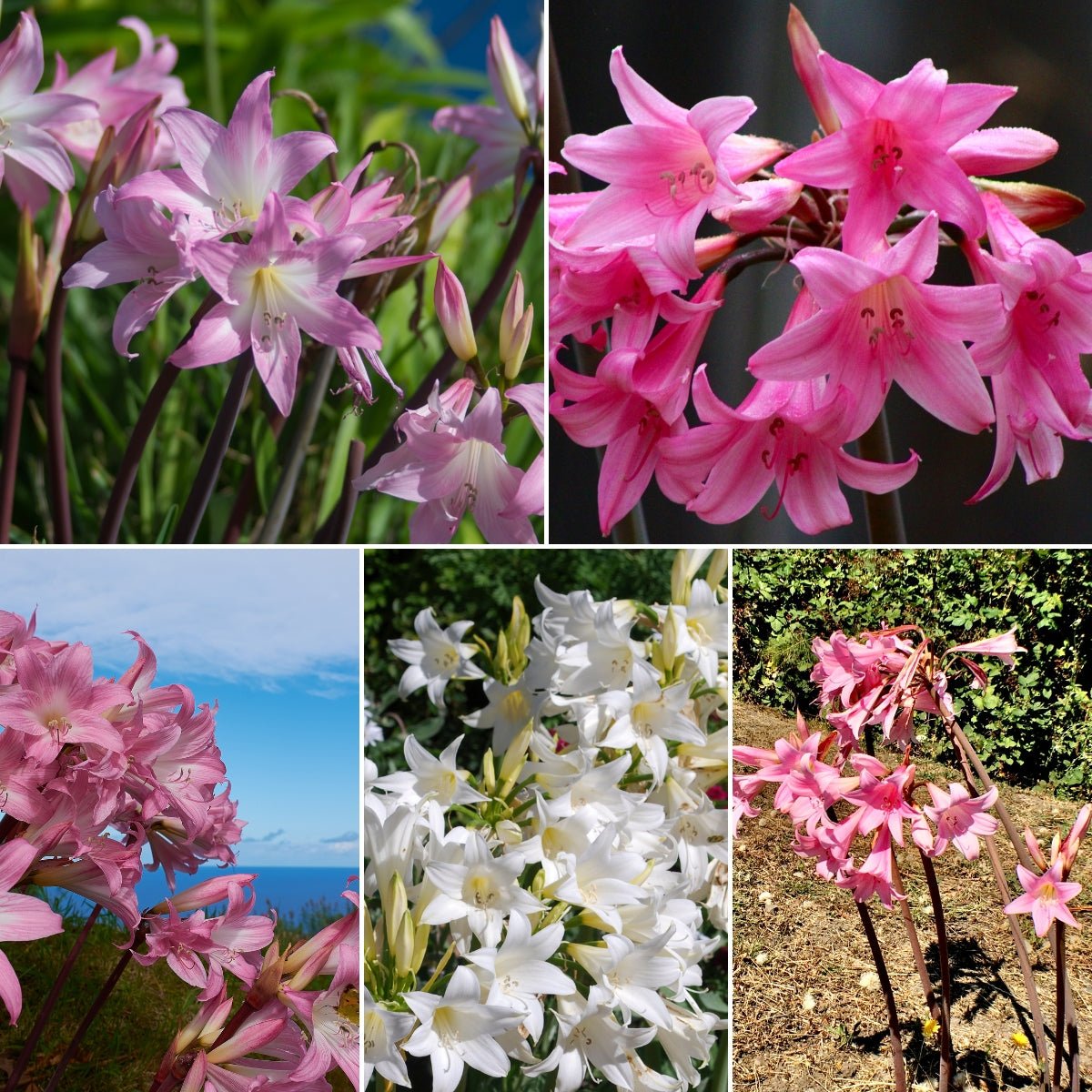Hello, green thumbs and gardening aficionados! Today, we're zeroing in on one of the most resilient, versatile, and downright gorgeous plants you can add to your garden: Sedum, also affectionately known as "Stonecrop." Whether you're a seasoned gardener or just starting your plant journey, Sedum offers an array of species and varieties that can bring color, texture, and life to any garden space. So, let's get our hands dirty and dig into the essentials of Sedum care, ensuring your garden is a thriving oasis of these hardy succulents.
Sunlight: The Lifeline of Sedum
First and foremost, Sedum plants are sun worshippers. They thrive in environments where they can bask in at least six hours of direct sunlight each day. This love for the light fuels their growth and blooms, making a sunny spot in your garden the perfect home for these succulents. If you're working with a partly shaded area, fret not; some Sedum varieties can tolerate a bit of shade, but remember, the more light, the merrier.
The Importance of Well-Drained Soil
Sedum's kryptonite? Overly wet roots. These plants prefer to stay on the dry side, making well-drained soil a must-have. If you're dealing with clay-heavy or water-retentive soil, consider amending it with sand or gravel to improve drainage. Alternatively, raised beds and containers can provide the perfect growing conditions for Sedum, ensuring that water doesn't linger around the roots.
Watering Wisdom: Less is More
When it comes to watering, Sedum's motto is "less is more." These succulents store water in their leaves, allowing them to withstand dry periods with ease. Overwatering can lead to root rot, so it's crucial to let the soil dry out completely between watering sessions. During the growing season, this might mean watering every other week or even less frequently, depending on your climate and soil conditions. In winter, reduce watering further to prevent moisture buildup around dormant plants.
Fertilizing: Keep It Light
Sedum doesn't ask for much in the way of nutrients. In fact, they often prefer poorer soils and can thrive without additional fertilization. If you do choose to fertilize, opt for a light hand. A small dose of a balanced, slow-release fertilizer at the beginning of the growing season is more than enough to support healthy growth without overwhelming your Sedum.
Propagation: Sharing the Sedum Love
One of the joys of growing Sedum is how easily they can be propagated to expand your collection or share with friends. Spring and summer are the ideal times for propagation, whether you're working with seeds, leaf cuttings, or division. Simply plant the seeds or cuttings in well-drained soil and keep them lightly moist until they establish. For division, gently separate an overcrowded clump into smaller sections and replant them in their new homes.
Common Pests and Problems
Sedum is remarkably resistant to pests and diseases, but it's always good to keep an eye out for the occasional aphid or mealybug invasion. These can usually be managed with a gentle wash of soapy water or neem oil. The most common issue for Sedum, however, is root rot from overwatering, so maintaining proper soil moisture is key to avoiding problems.
Wrapping Up: Sedum, A Gardener's Dream
Sedum plants are a dream come true for gardeners looking for low-maintenance, high-impact additions to their outdoor spaces. With their dazzling array of colors, textures, and forms, Sedum can elevate rock gardens, borders, and container displays alike. By following the straightforward care tips outlined in this guide, you'll ensure your Sedum not only survives but thrives, bringing beauty and resilience to your garden for years to come.
Happy gardening, and may your Sedum collection grow lush and vibrant!





